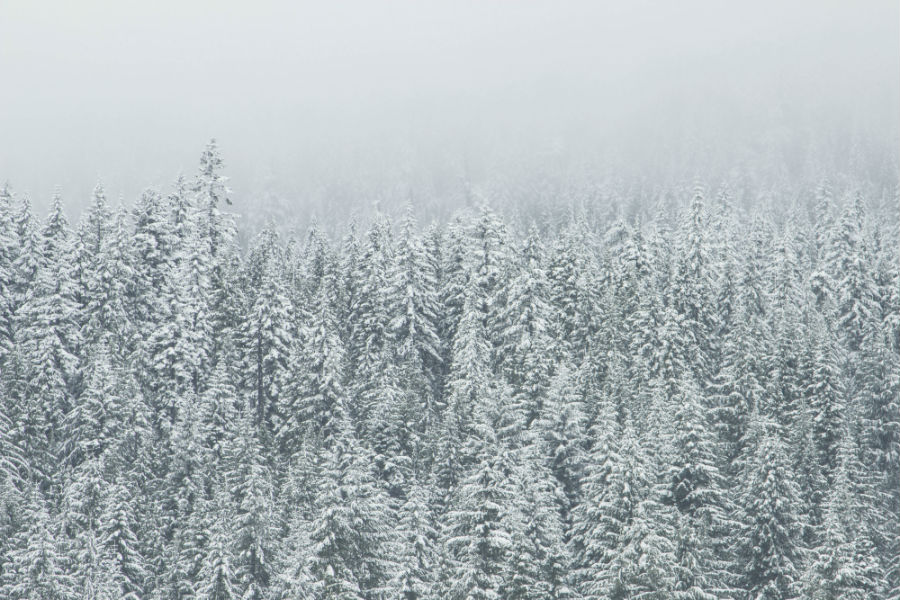The winter holidays are a time when the urge to give briefly supersedes that to take, when bringing family and friends together assumes a special significance, when it’s cold and dark and we all welcome warmth and well-fed comfort. It’s not the time for hair-shirted environmentalism, is it?
I don’t think so, but nor is it the season for heedless gluttony and wanton materialism. There are many ways to work your year-round concern for the environment into the festive period.

Here are a few ideas, no one perfect, no one sufficient in itself, but each underpinned by research on how to move from a fossil-fuelled ‘linear economy’ to a ‘circular economy’ based on renewables:
- ‘Cascade’ the use of your Xmas tree (and your turkey). Living within the resources of a single planet involves extracting the highest value from a resource before putting it to less valuable uses: better to use oil to make a plastic Xmas tree rather than burn the oil directly, so long as the plastic is put to another good use when its time as a fake tree is done. By the same token, better to extract the high decorative value of a young Scots Pine before it is chipped and used as mulch or fuel. This kind of value cascade is more difficult than it might seem in a free-market economy, but in a domestic setting we have a little more control. Re-hashing the turkey into myriad cold cuts, curries, stews, and soups may start to pall after a while but is a great example of a value-cascade.
- Cut down a tree. Not, at first sight, the greenest way to blow away those Boxing Day cobwebs, but now is the time to maintain any trees you own. Broadleaved trees especially are adapted to recover from the damage winter storms can bring; for coppice trees, like hazel, birch, and willow, removing all the aboveground wood is simply a cue for new shoots to appear. If we use the harvested wood wisely (see (1), above) then stewardship of woods can support a diverse wildlife, help to draw down carbon dioxide from the atmosphere, and convert our economy from fossil carbon (oil, coal, natural gas) to contemporary carbon (wood and other plant-based materials).
- Plant a tree. Anytime from autumn until the spring sap rises is a good time to plant a tree. It’s funny that they haven’t become traditional as Xmas presents, given the obvious connection to new life; trees certainly have a smaller carbon footprint than a pet. Plant a male and a female holly tree so that their glossy green leaves and the female’s red berries can adorn your festive dinner table and your garden every winter for decades to come.
- Nurture an Ash. Planting a tree is not always practical but those of us with gardens can still burnish our green credentials and it may not even involve raising a finger. Ash trees are common throughout the country but are under direct and imminent threat from ash die-back. Current assessments suggest that all but one-in-ten of our existing ash trees will succumb to the disease, but which will be the lucky ones genetically pre-disposed to survive? We need to maintain as wide a population as possible in order to find out. Luckily, ash self-seeds into any nook they can find; if you have a largeish garden there is probably an ash seedling in an untended corner. Let it be, perhaps even making the seedling’s life a little easier by cutting back competitors; if it has jemmied itself into a completely unsuitable place it can be excavated and re-planted with pretty good chances of success.
Lastly, and above all, don’t torture yourself or your friends and family with impossible-to-maintain greener-than-thou holiness.
The transition to sustainability is not a Year Zero re-boot, it is about determining where you are and what next step is robust no matter what the future might hold. There’s no need to isolate yourself on a prickly bough of self-righteousness (even if you have planted a holly tree); all the evidence points to the fact that making material progress towards sustainability is a highly-cooperative three-legged race of leadership, community and rule-making, each ‘leg’ exerting pushes and pulls on the other two.
Perhaps, in the end, the greenest thing we can do is to be with the ones we love, because they carry the genes and memes we cherish. In our partying, carol singing, snoozing together in front of the telly is all the biological and cultural information that we value and which provokes us to care about the stewardship of Earth.
Rob MacKenzie is Director of the Birmingham Institute of Forest Research.